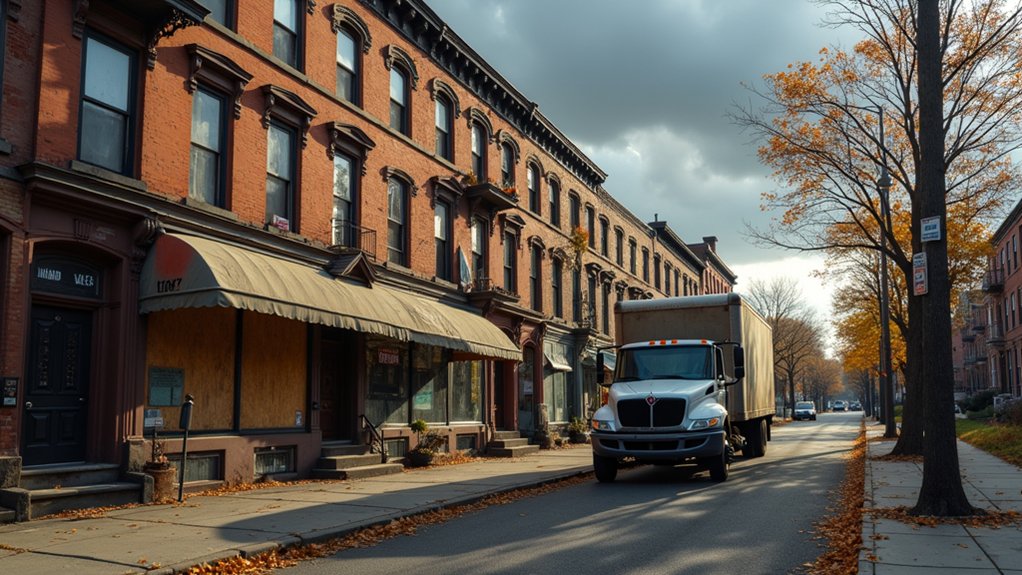As Americans pack their moving trucks in record numbers, the nation’s most populous states are hemorrhaging residents faster than a leaky faucet. California alone watched over 268,000 residents wave goodbye in 2023, and they weren’t just leaving for better weather. The Golden State’s golden goose might be cooked.
It’s not just California feeling the pain. New York, Illinois, New Jersey, and Massachusetts keep making the “most fled from” list year after year. Like clockwork, these high-tax havens can’t seem to keep their residents from jumping ship. Recent data shows net domestic migration has dramatically slowed compared to pandemic peaks. The District of Columbia experienced a particularly stark decline with a 1.14% population drop.
With average top income tax rates hovering around 9.78% in the bottom five states, it’s no wonder people are doing the math and hitting the road.
Some surprising newcomers joined the exodus club in 2024. Mississippi leapfrogged from 18th to 8th place in outbound moves, while Nebraska climbed to 9th place. Meanwhile, Texas and Florida are practically rolling out the welcome mat, watching their population meters tick up while their northern neighbors bleed residents.
The reasons aren’t exactly rocket science. Sky-high taxes, suffocating regulations, and housing costs that would make a millionaire weep are driving folks toward greener – and cheaper – pastures. Retirees are leading the charge, but younger professionals aren’t far behind, seeking affordability and breathing room in states where their paychecks stretch further than a yoga instructor.
Arizona’s looking pretty smug these days, gaining over 62,000 new residents in 2023. The top five states attracting newcomers average a modest 2.75% income tax rate – quite the contrast to their losing counterparts.
Even balanced states like Ohio and Florida are holding steady, managing to keep their population turnstile spinning evenly in both directions.
Post-pandemic life has people rethinking their priorities, and apparently, paying half their salary in taxes and housing isn’t one of them. Urban centers in high-cost states are watching their populations scatter to smaller metros and suburban areas in more wallet-friendly territories.
The message is clear: Americans are voting with their feet, and they’re sprinting toward states where their dollars go further.





